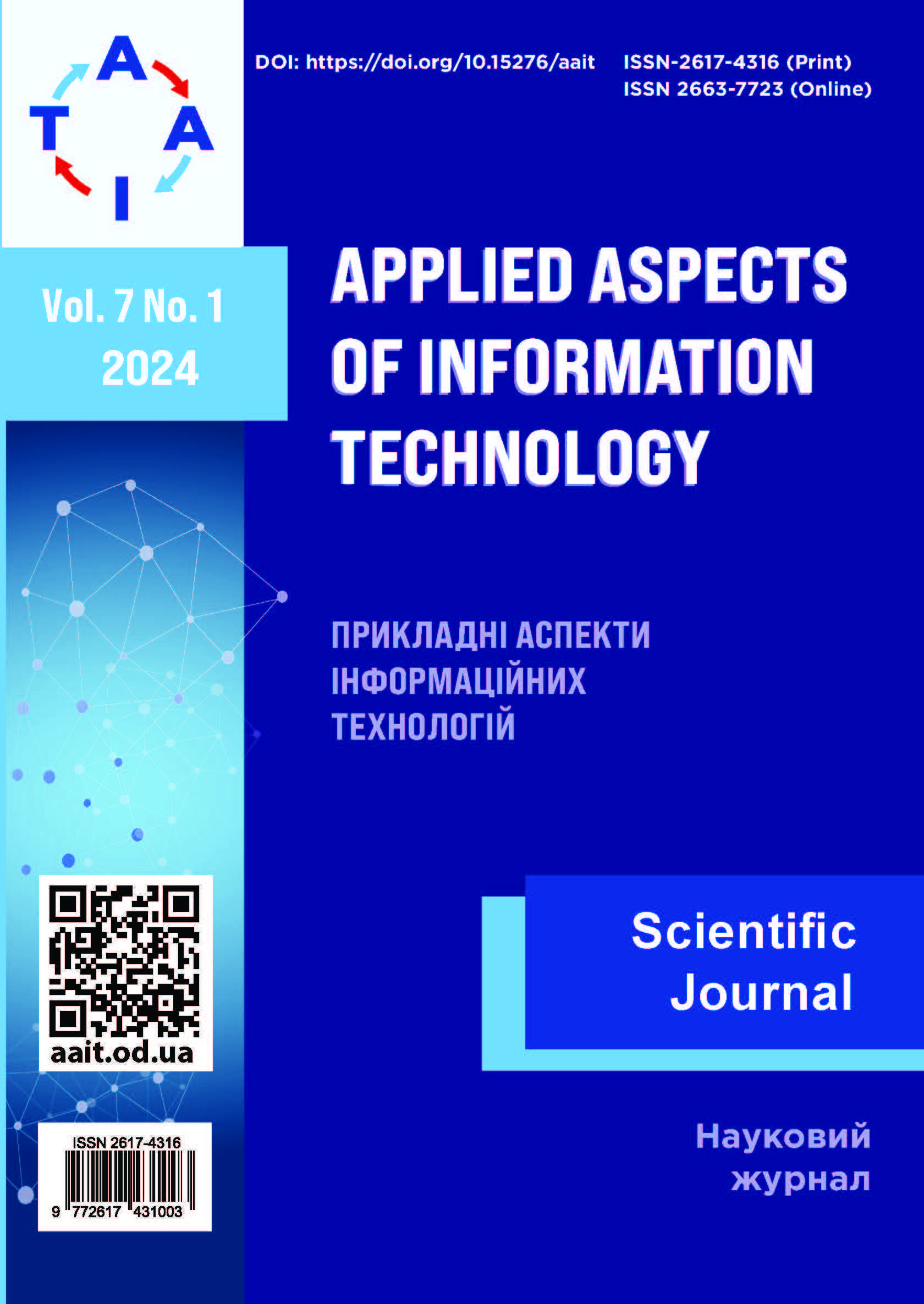The genetic algorithm for transition from high to fractional order controllers of a two-mass positional electromechanical system
Main Article Content
Abstract
A new original approach to the synthesis of the loops of automatic control systems of two-mass positional electromechanical systems is proposed in the article based on the application of the generalized characteristic polynomial at the first stage and the intelligent optimization method at the second. In practice, the skylifting mechanism of a fire truck is a complex control object. Imperfect manufacturing of mechanical components and their connections, elastic deformations of the boom during operation and supply of fire-extinguishing substance cause rescue cage oscillations. The use of an automatic control system makes it possible to damp the elastic boom vibrations. The synthesized automatic control system, which controls the movement of the boom, must meet the following requirements: the necessary speed, static and dynamic accuracy of the rescue cage movement, the absence of significant adjustments in transient modes, etc. To meet these requirements, an analysis of various automatic control systems and methods of their synthesis was carried out. As a result of the analysis, a two-mass positional three-loop system of subordinate regulation by the rescue cage rotation mechanism, taking into account the elastic properties of the boom was created using the generalized characteristic polynomial method. The synthesized system of subordinate regulation allows damping of elastic oscillations, providing the desired transition processes of the rescue cage rotation mechanism and low sensitivity in the stable mode to the action of disturbances. The transfer functions of the angular speed controllers of the motor and rescue cage obtained in the process of synthesis are high order and turned out to be quite complex from the point of view of practical implementation. It is proposed to replace these controllers with more compact fractional order controllers. The conducted research using mathematical modelling confirmed the effectiveness of replacing high-order controllers of the angular speed of the motor and rescue cage with fractional order controllers. The transfer functions of these controllers are determined by approximating the transfer functions of the controllers using a genetic algorithm.



